Beer Head
Beer head (also head or collar), is the frothy foam on top of beer which is produced by bubbles of gas, typically carbon dioxide, rising to the surface. The elements that produce the head are wort protein, yeast and hop residue. The carbon dioxide that forms the bubbles in the head is produced during fermentation. The carbonation can occur before or after bottling the beer. If the beer continues fermenting in the bottle, then it naturally carbonates and the head is formed upon opening and/or pouring the beer. If the beer is pasteurized or filtered then the beer must be force carbonated using pressurized gas.
The density and longevity of the head will be determined by the type of malt and adjunct from which the beer was fermented. Different mash schedules and cereal sources influence head retention. In general, wheat tends to produce larger and longer-lasting heads than barley.

Beer glassware is often designed to accentuate or accommodate the head. Many other properties of the glass can also influence a beer head, such as a roughened surface at the base of glass known as a widget, providing for nucleation of carbon dioxide deep in the beverage rather than at the surface, resulting in a slower release of gas to the atmosphere.
Glass surfaces can retain oil from the skin, aerosolized oil from nearby cooking, and traces of fat from food. When these oils come in contact with beer there is a significant reduction in the amount of head (foam) that is found on the beer, and the bubbles will tend to stick to the side of the glass rather than rising to the surface as normal.
For proper foam formation, it is also important to dry the glass thoroughly after washing. Any water in the glass can prevent excitement of the gas by covering designs set in the bottom of the glass, thus making the beer flat. Conversely, some styles such as Belgian witbier benefit from being poured into a wet glass to control the often abundant head.
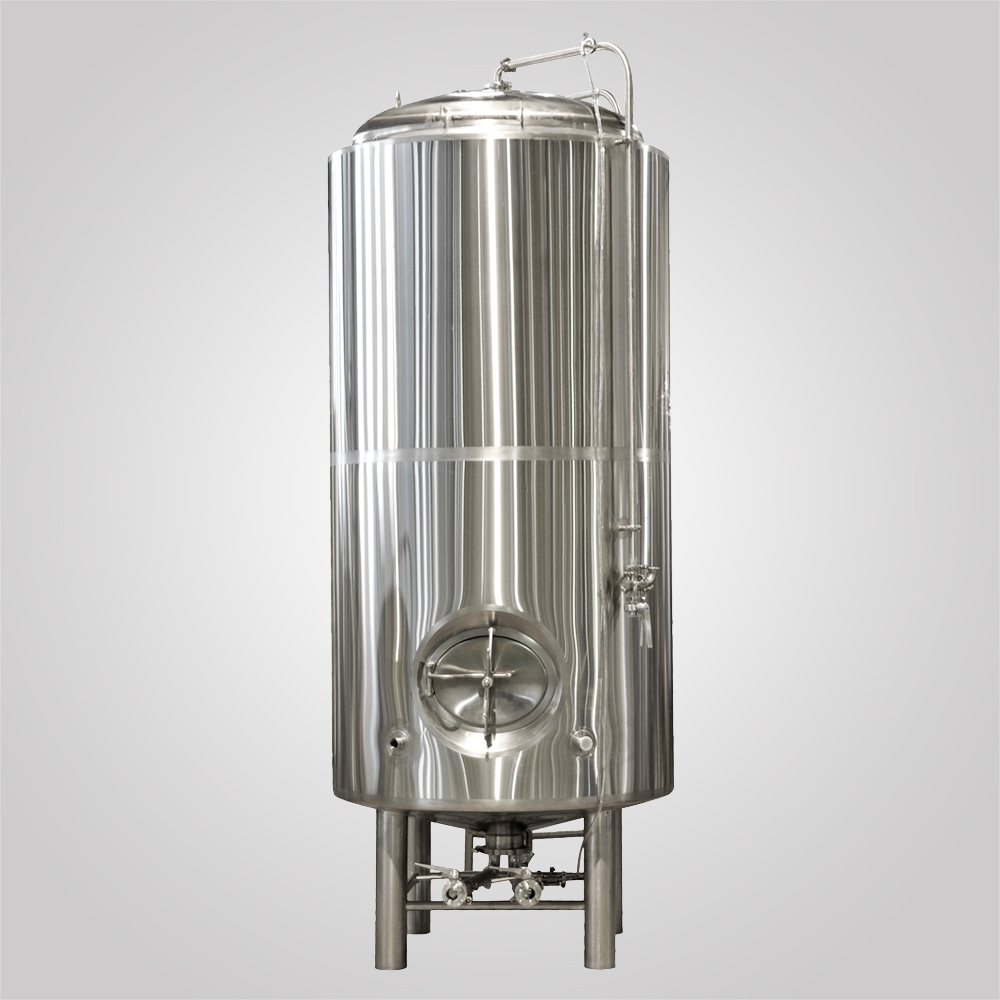
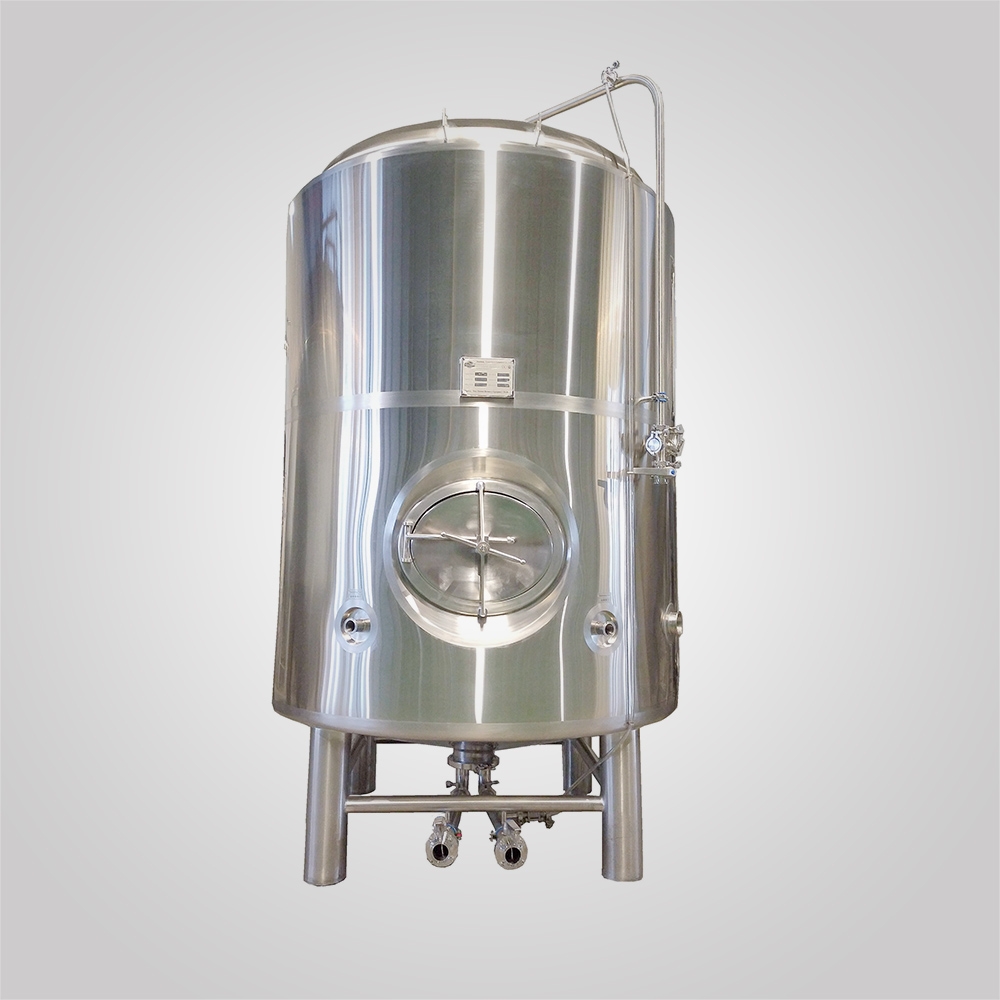
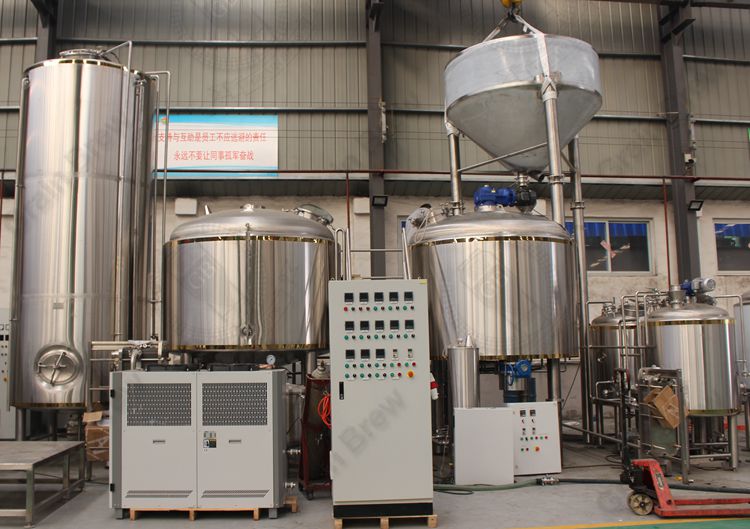
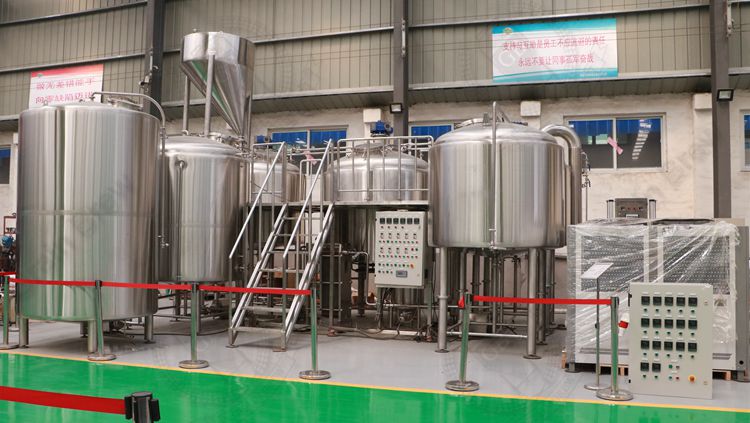
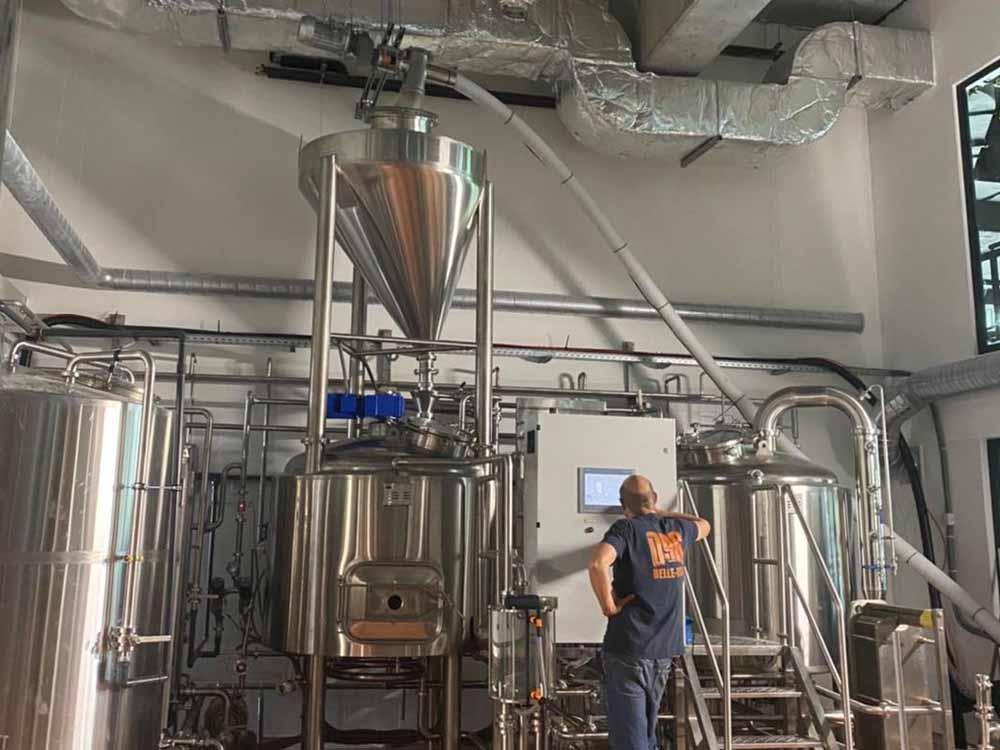

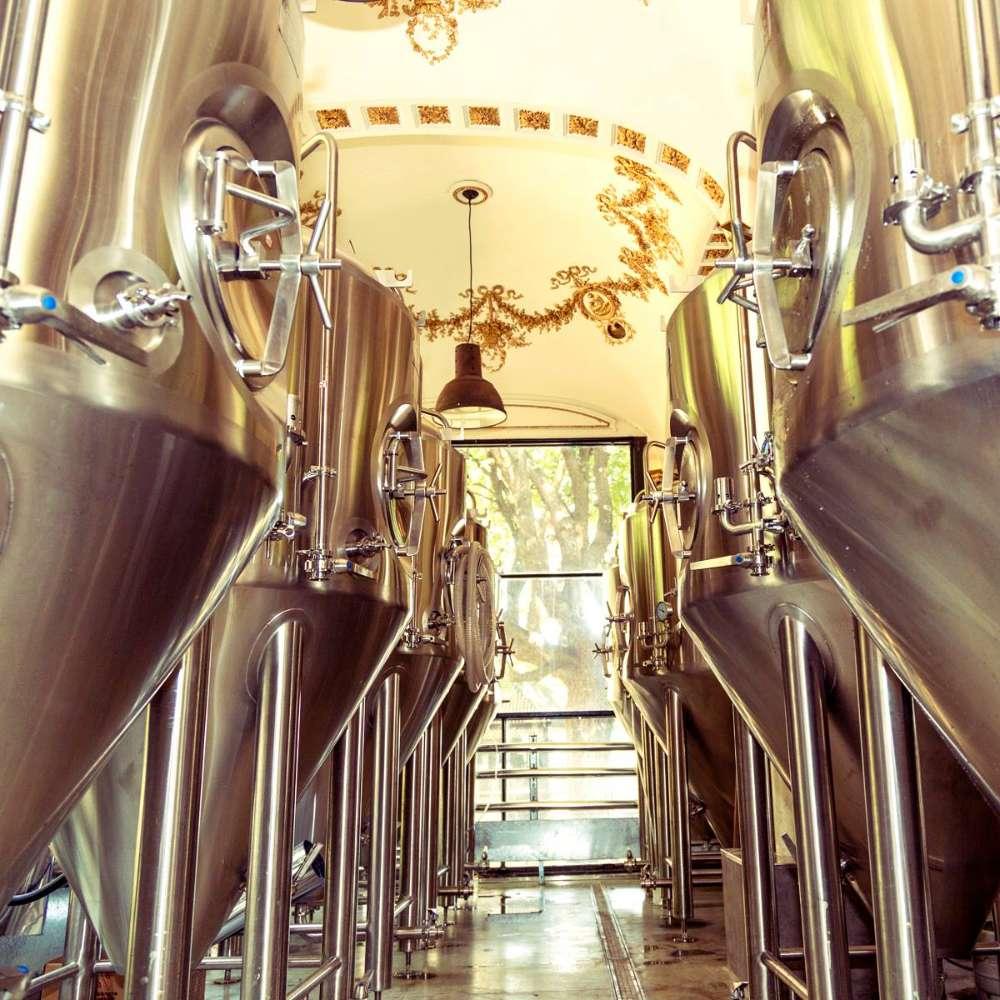
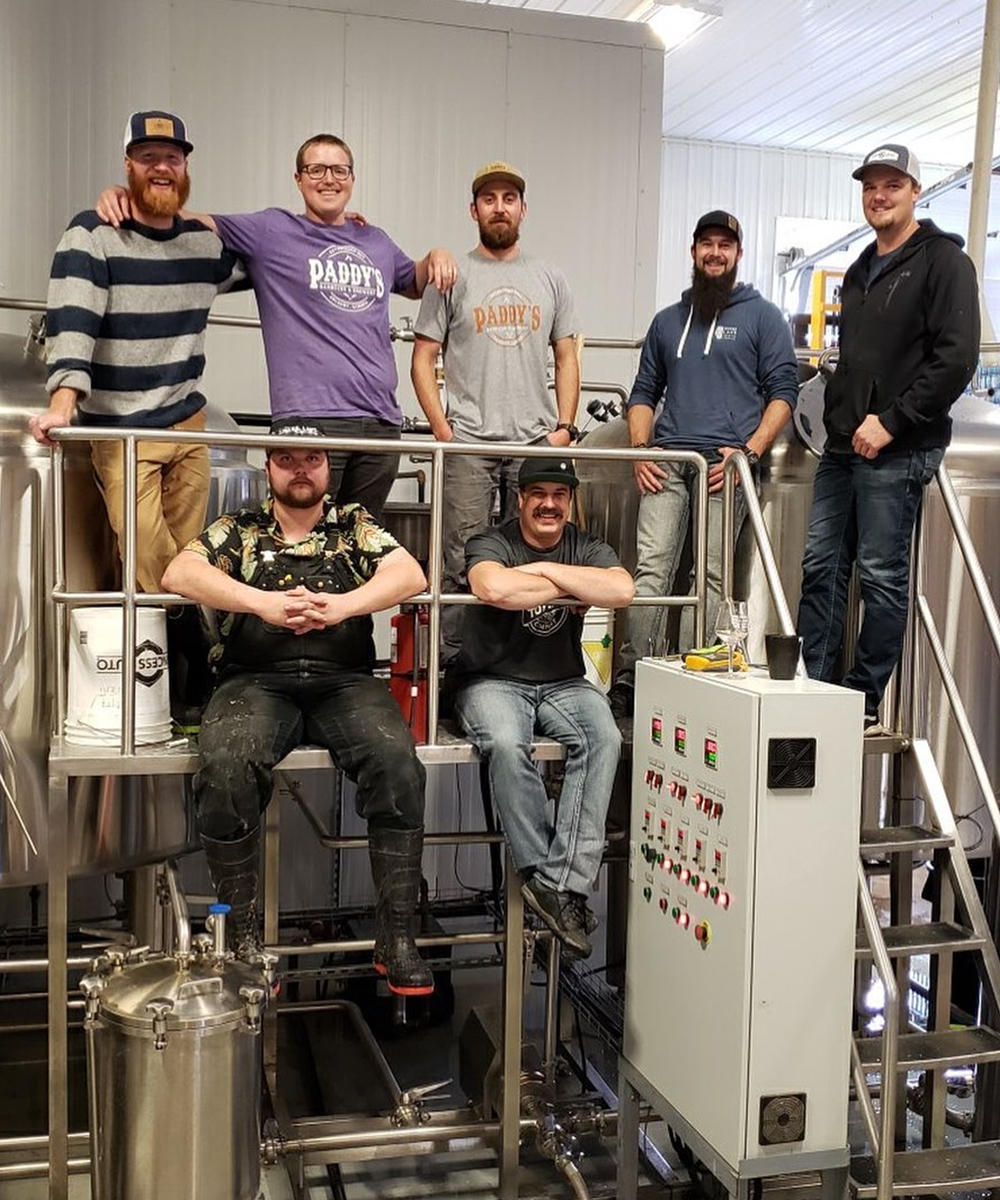
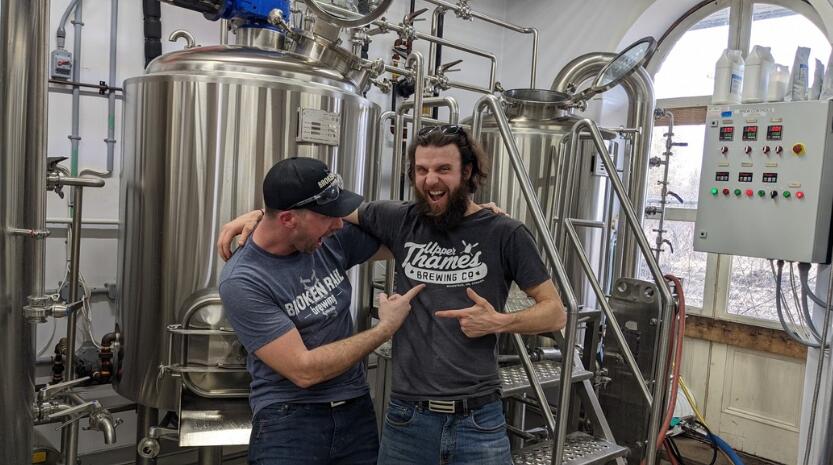

Get A Quote